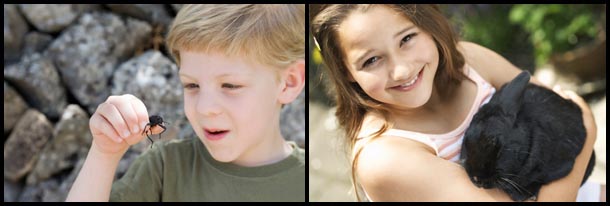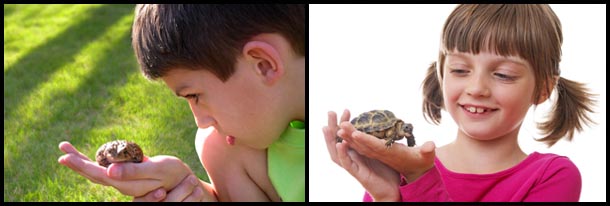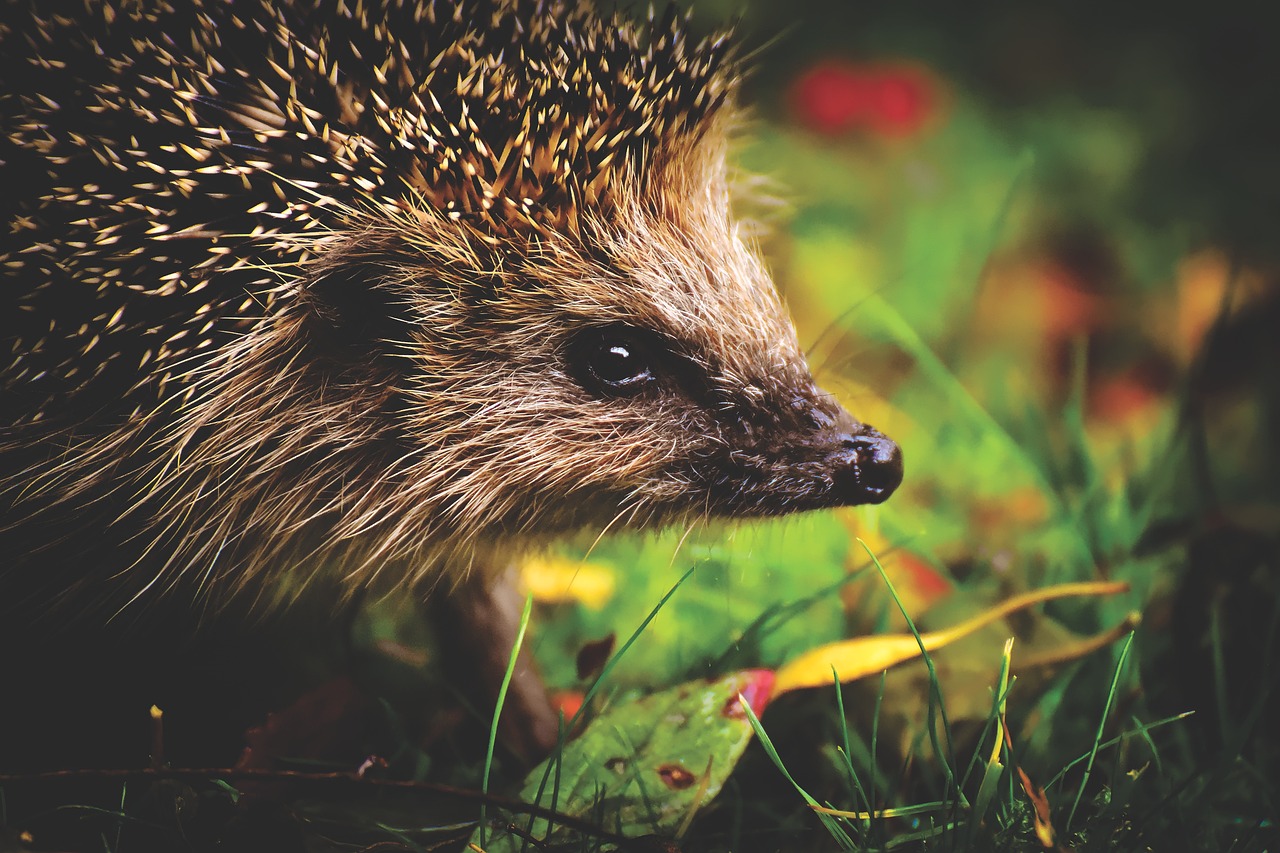What Animals Come Out in Spring in the UK?
Spring has sprung in the UK, and the natural world is bursting with life! Flowers bloom, coats are shed, and a chorus of chirps and croaks fills the air. But with all this renewed activity, you might be wondering: what amazing animals come out in spring in the UK? The answer? A whole host of fascinating creatures, from feathered friends returning from warmer climates to furry friends emerging from winter slumber, and everything in between! Buckle up, nature enthusiasts, because we’re about to embark on a wild (and wonderful) springtime adventure!
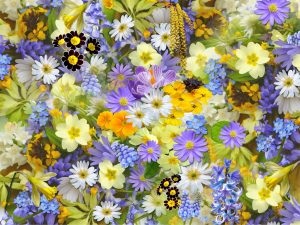
Migratory Birds in UK Spring
Spring is a symphony for the ears, especially with the return of migratory birds. These feathered friends, having spent the winter basking in warmer climates, grace the UK skies with their dazzling displays and beautiful songs. Look out for:
- Swallows and House Martins: These acrobatic aerialists swoop and dive with incredible skill, their graceful movements a sure sign of spring’s arrival.
- Chiffchaff: This tiny bird charms with its distinctive two-note call, a cheerful melody that brightens any morning walk.
- Cuckoo: Keep your ears peeled for the unmistakable call of the cuckoo, a sound synonymous with spring and a truly magical experience.
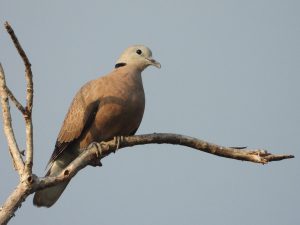
Cuckoo
Mammals in UK Spring
As the days lengthen and the sun warms the earth, Britain’s furry residents who hibernated through winter begin to stir. Here are some fascinating springtime sightings:
- Hedgehogs: These spiky garden guardians emerge from their winter dens, ready to gobble up insects and worms. Keep an eye out for them snuffling around in the undergrowth at night.
- Badgers: If you’re lucky enough to spot a badger sett (their den), you might catch a glimpse of playful badger cubs peeking out in the early spring sunshine. Born in February, these adorable youngsters are a delight to watch as they explore their surroundings.

Badger
DID YOU KNOW?
Bats also come out from hibernation.
As the weather gets warmer they
can be seen flying at dusk!
Amphibians in UK Spring
Spring awakens not just the land, but also the ponds and wetlands. These watery havens come alive with the croaking of frogs and toads, their nightly serenades echoing across the landscape. These fascinating creatures emerge from winter hibernation to breed, laying their jelly-like spawn in the shallows.
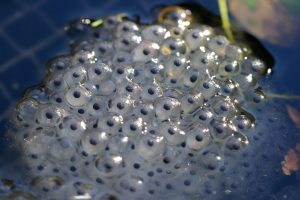
Frog Spawn
- Smooth Newt: This small amphibian with delicate skin basks on logs or pond edges in the warm spring sunshine, a beautiful addition to any pond scene.
Butterflies in UK Spring
With the blooming of spring flowers comes a dazzling display of colour – butterflies! These delicate creatures, having spent the winter in various stages of development, emerge as adults to flit amongst the blossoms. Be sure to look out for:
- Orange Tip Butterfly: Its wings adorned with a splash of vibrant orange, this butterfly is a true springtime delight.
- Holly Blue: With its bright blue wings, the holly blue is a stunning addition to any garden or park, adding a touch of magic to the spring air.
- Peacock Butterfly: After hibernating for the winter, these butterflies can be found in woodlands as early as March!
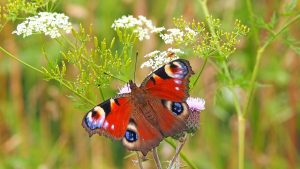
Peacock Butterfly
DID YOU KNOW?
Small tortoiseshell and Red admiral
are also some of the first butterflies
to come out in the UK spring!
Hidden Gems of Spring
The UK’s spring isn’t just about birds, bees, and hedgehogs. Here are some fascinating lesser-known creatures to keep an eye out for:
- Ladybirds: These beneficial insects emerge from hibernation to munch on aphids, protecting our gardens from these pesky plant-munchers.
- Slow Worms: Often mistaken for snakes, these legless lizards slither through the undergrowth, a fascinating sight for the observant explorer.
- Hares: These speedy creatures with their distinctive long ears are normally nocturnal but become more active in spring, particularly at dawn and dusk. This is due to the warmer weather.

Hare
DID YOU KNOW?
The most common hare in the UK
is the brown hare.
Tips for Responsible Wildlife Watching
Remember, when venturing out to spot these amazing creatures, respect is key! Here are some tips for responsible wildlife watching:
- Keep a Safe Distance: Admire animals from afar to avoid disturbing them.
- Be Quiet and Still: This increases your chances of spotting wildlife and avoids spooking them.
- Leave No Trace: Take only memories and leave only footprints. Don’t litter or disturb the natural habitat.
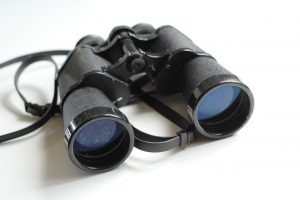
Spring Has Sprung: Get Out and Explore!
So, with the answer to “what animals come out in spring in the UK” revealed, it’s time to grab your binoculars (or even just your phone camera!) and head outdoors. From the melodies of birdsong to the playful antics of young mammals, there’s a captivating spectacle waiting to be discovered around every corner. Remember, responsible wildlife watching is essential for

Extra information
Animal-Club provides animal parties or animal handling workshops. You will be able to see, learn and interact with many wonderful animals with the help of our presenters. Our mobile zoo has many friendly animals such as rabbits, tarantulas, geckos, vinegaroons and more, perfect for an animal party. We can also , come over to your school for an animal school visit or arrange for an animal workshop with us where the children can learn about looking after animals and animal behaviour, and have fun too.
